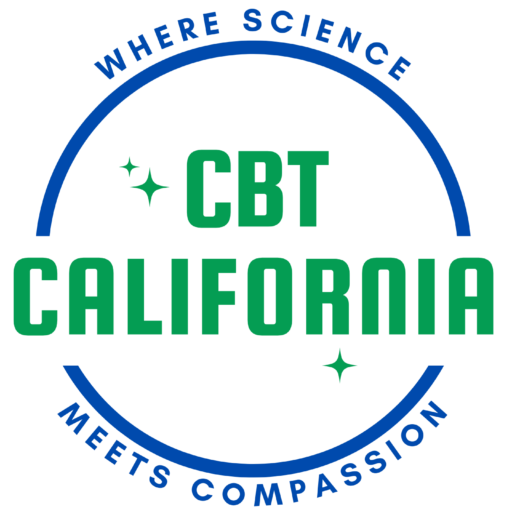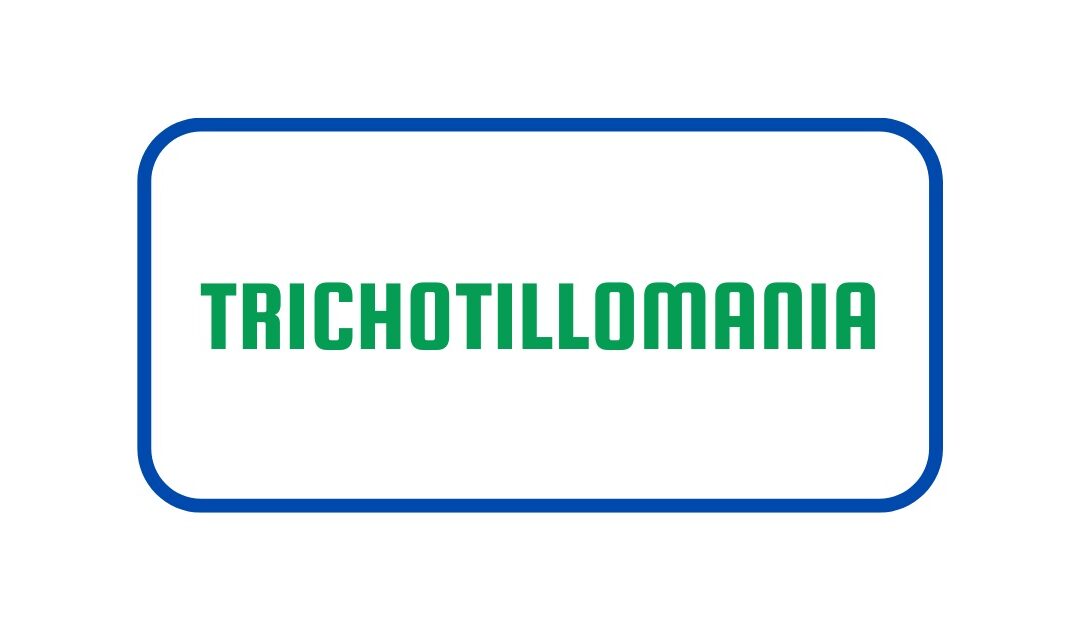Symptoms of trichotillomania often include:
- Repeatedly pulling your hair out, typically from your scalp, eyebrows or eyelashes, but can be from other body areas, and sites may vary over time
- An increasing sense of tension before pulling, or when you try to resist pulling
- A sense of pleasure or relief after the hair is pulled
- Shortened hair or thinned or bald areas on the scalp or other areas of your body, including sparse or missing eyelashes or eyebrows
- Preference for specific types of hair, rituals that accompany hair pulling or patterns of hair pulling
- Biting, chewing or eating pulled-out hair
- Playing with pulled-out hair or rubbing it across your lips or face
- Pulling hairs from pets or dolls or from materials, such as clothes or blankets
Most people who have trichotillomania also will pick their skin, bite their nails or chew their lips. Most people with trichotillomania pull hair in private and generally try to hide the disorder from others.
For people with trichotillomania, hair pulling can either be:
- Some people pull their hair intentionally to relieve tension or distress — for example, pulling hair out to get relief from the overwhelming urge to pull hair. Some people may develop elaborate rituals for pulling hair, such as finding just the right hair or biting pulled hairs.
- Some people pull their hair without even realizing they’re doing it, such as when they’re bored, reading or watching TV.
The same person may do both focused and automatic hair pulling, depending on the situation and mood. Certain positions or rituals may trigger hair pulling, such as resting your head on your hand or brushing your hair.
Trichotillomania is a long-term (chronic) disorder. Without treatment, symptoms can vary in severity over time. For example, the hormonal changes of menstruation can worsen symptoms in women. For some people, if not treated, symptoms can come and go for weeks, months or years at a time. Rarely, hair pulling ends within a few years of starting.
What is the treatment for Trichotillomania?
Currently available evidence suggests that the first line of treatment for trichotillomania is behavioral treatment and intervention. With treatment, symptoms can be managed and oftentimes eradicated. No medication has been approved yet for the treatment of trichotillomania. Drug therapy has largely been disappointing, though some studies have yielded encouraging results.
Habit reversal training, a type of behavioral treatment, is the primary psychotherapy for trichotillomania. In this treatment, you learn how to recognize situations where you’re likely to pull hair and how to substitute other behaviors instead. For example, you might clench your fists for a period to “freeze” the urge, or redirect your hand from your hair to your ear, or another object, such as a stress ball.
If indicated, elements of other therapies may be added to habit reversal training, including CBT and ACT for trichotillomania:
- Cognitive therapy. This therapy can help you challenge and examine unhelpful thoughts you may have in relation to hair pulling.
- Acceptance and commitment therapy (ACT). ACT is a behaviorally based treatment that utilizes mindfulness and works on acceptance of hair-pulling urges, while at the same time not acting on them.

